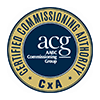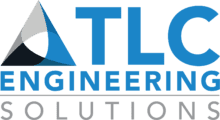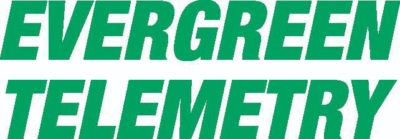
Revealing Hidden Costs In Hydronic Cooling And Heating Systems
Tuesday, October 27, 2020
2:00 PM. Eastern
Pending approval for 1 AIA LU
FREE REGISTRATION
Abstract
This presentation focuses on proven opportunities to improve the performance, decrease the energy usage, and reduce the operating costs of chilled water, heating hot water, and glycol systems. Included is a review of how air present in a hydronic fluid reduces the heat transfer capability of the fluid and all heat transfer surfaces it contacts, reduces pump performance, and causes system-wide corrosion of ferrous materials. The content features case studies documenting system performance improvements, energy efficiency increases, and water treatment chemical reductions after removing air and the associated corrosion from these systems. Discussion will include data presented in industry white papers, manuals, and guidebooks that quantify the negative impact of varying levels of entrained air on pump performance.
The presentation will also address the results of an extensive energy modeling and financial analysis evaluating the increased energy usage and associated costs due to air in chilled water and heating hot water systems. The financial analysis includes various metrics related to utility cost and non-utility cost savings linked to effective air and dirt elimination from hydronic cooling and heating systems. This exercise utilized actual case history data developed over several decades in a multi-iteration modeling exercise of a prototypical facility, with the building modeled in five different U.S. cities. Each model was adapted to address site-specific weather data and energy rates and the building/system modifications required for ASHRAE 90.1 compliance for each location.
Who Should Attend?
Anyone involved in the ownership, management, design, installation, operation, energy analysis, project management, commissioning, test and balance, maintenance, or service work related to hydronic cooling and heating systems.
Learning Objectives
- Gain a better understanding of the negative impact air and dirt in a hydronic fluid has on the performance, energy efficiency/consumption, maintenance of any cooling or heating system
- Learn to identify symptoms and sources of air in hydronic systems
- Understand the capabilities and limitations of various air and dirt elimination technologies
- Identify the utility cost and non-utility cost benefits and savings associated with effective air and dirt elimination
Speaker Biography
Stephen Clinton, PE, LEED AP draws on more than 27 years of broad national and international industry experience in his role as the Director of Business Development for Spirotherm, Inc. He is a Professional Engineer, a LEED Accredited Professional, and a previously certified Medical Gas Inspector who designed and managed the design of healthcare, research laboratory, and higher education projects throughout the United States and China during his 19-year tenure as a consulting engineer. Multiple higher education projects which he designed achieved LEED Gold and Silver Certification. Stephen actively engages numerous market sectors throughout North America.
Presented by
Spirotherm, Inc. manufacturers the industry leading high efficiency Spirovent® coalescing type air elimination products and its extended line of Spirotrap® dirt separators. A wholly owned subsidiary of Spiro Enterprises, Inc., we have been developing and manufacturing products to improve water quality in the HVAC industry for 50 years. Sizes from 3/4” to 36” pipe, flows to over 30,000 GPM for residential, commercial, industrial, and institutional applications. By eliminating air and dirt from these systems, we protect the investment in high efficiency boilers, chillers, and other system components, while eliminating many maintenance items that have been considered routine. A system free of air is able to maximize heat transfer systemwide, which saves energy and improves overall system performance. Spirotherm is an EMA Associate Member and Exhibitor of CxEnergy 2021.

 CxA certification is open to independent industry professionals who meet all education and experience prerequisites and implement commissioning processes in new and existing buildings.
CxA certification is open to independent industry professionals who meet all education and experience prerequisites and implement commissioning processes in new and existing buildings. The Energy Management Process Seminar is designed to help candidates understand the energy management process and how it can be applied and serves as the final preparation for the Energy Management Professional (EMP) exam.
The Energy Management Process Seminar is designed to help candidates understand the energy management process and how it can be applied and serves as the final preparation for the Energy Management Professional (EMP) exam.













